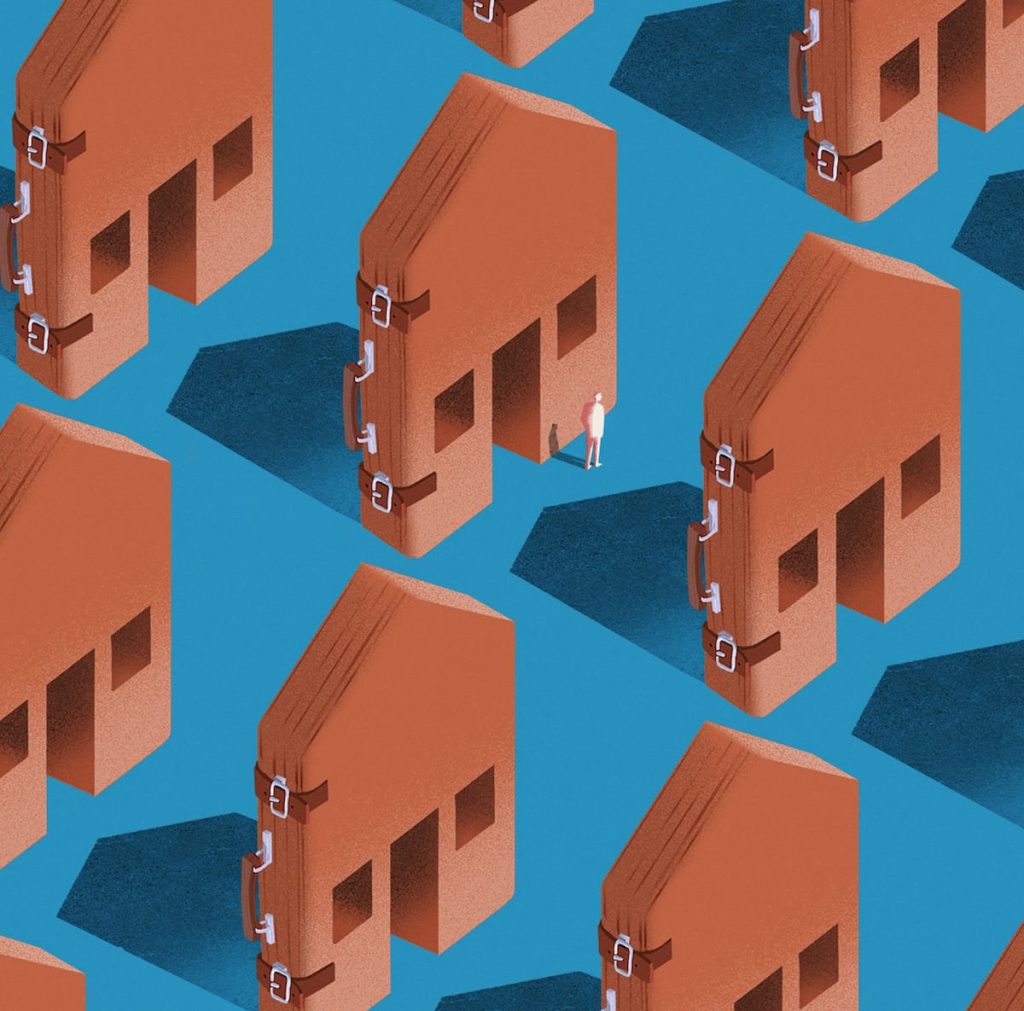When I was 11 years old, I asked my father how the stock market worked. He asked me for the packet of collectible cards I had in my pocket and inquired which card was repeated the most. Poli, from Cádiz. How many can you exchange it for? None, I replied, everyone already has it. And which one is worth the most? Lineker, I said, no one has it. That’s the idea, he explained. Companies are divided into pieces called shares, and the price depends on how many there are and how much they are in demand. It’s like forming groups in school where prices are decided. Years later, he confessed that he had lied to me. The financial sector has been trying to escape the classic market operation by creating new products that can generate value even out of thin air.
The idea that building more houses does not necessarily lower prices, but can actually have the opposite effect, is backed by experience. The housing market tends to heat up due to expectations. When cranes are seen, it means there is a party and prices go up, only to correct themselves after a crash. This limits social access and creates an emotionally based unstable system of excess and punishment. The most glaring example was the bubble that started in the early 2000s. Millions of homes were built in a decade. Only China had more cranes than Spain. During those years, housing prices continued to rise, along with the number of empty homes.
A home is not just a product, it is a place to live, a right enshrined in the Constitution, and more. It is also a piggy bank. The real estate sector is the most popular form of savings and legacy among Spaniards due to a seed planted in the 1950s. The first Housing Minister, José Luis de Arrese, adopted a model based on private property, which went against what was being done in Western Europe, where there was more emphasis on renting and public sector intervention. The Franco regime embraced the liberal idea of a “republic of property owners” being developed in the suburbs of the United States. John Locke and José Antonio united in the social stability of debt accumulation.
Nearly seven million homes built between 1951 and 2015 with public funds ended up in private hands. While this policy allowed many people to acquire assets and created a strong middle class, there is a downside. The housing policy of the Franco regime, largely unchanged in almost half a century of democracy, has led to a generational conflict. Those who own property do not want the value of their assets to decrease, even if it means denying access to new generations.
The cultural attachment to property also leads any Spaniard with some capital, like Rosalía, Amancio Ortega, or Koldo García, to consider real estate as their top option. Attempts by foreign entities to buy strategic companies are met with resistance, in favor of investing in property. If more homes are built without additional measures, they will be bought by those who can afford them, even if they won’t be used. In fact, there are approximately three million empty homes in Spain. The lack of accurate data, as the real estate sector generates its own information, perpetuates common misconceptions.
The model based on private property shifts the focus of government administrations from ensuring the constitutional right of access to housing towards maintaining the market. This was evident during the housing bubble burst when instead of nationalizing real estate holdings of failed banks, they were sold to new investors at discounted rates. Real estate is also a financial asset. After the 2008 crisis, investments in real estate intensified, with strategies aimed at avoiding market fluctuations. Real estate investment profitability is not dependent on occupancy but on appreciation, and most information comes from the private sector.
Housing also serves as a global refuge. After the housing bubble burst, policies attracting international capital led to the influx of wealthy individuals seeing the EU, particularly Spain, as a safe haven for property investment. In this context, building more homes without considering other factors may intensify wealth accumulation in the real estate sector. This has prompted several European administrations to introduce measures like price controls, expropriation of empty homes, and residency requirements to curb capital concentration and facilitate access for future generations. Failure to address these issues could lead to demographic and economic challenges with long-lasting social implications.















